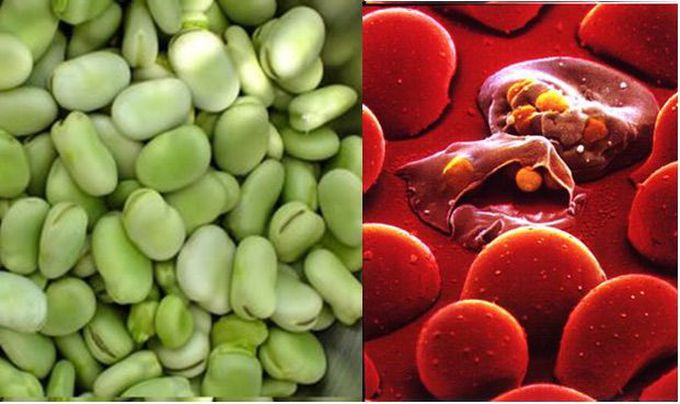


Favism
Favism is an X-chromosome-linked inherited genetic disorder with sex-linked recessive transmission due to deficiency of the enzyme Glucose-6-phosphate dehydrogenase (G6PD).This enzyme plays a crucial role in protecting red blood cells from oxidation. In individuals with favism, G6PD deficiency makes red blood cells more susceptible to oxidative damage, as a result, the average life span of a red blood cell he is around 120 days is drastically shortened. The name of the disease comes from the legume that most causes complications in the patient namely broad beans. These represent one of the main triggers for hemolytic crises in patients with favism. Substances present in these legumes, such as divicine and isouramil, can induce an oxidative reaction, leading to accelerated breakdown of red blood cells and causing hemolytic anemia. The geographic distribution of favism is associated with regions characterized by endemic malaria. G6PD deficiency in fact shortens the life of the red blood cell by preventing malaria plasmodium from taking root and conferring some protection against the disease. Diagnosis is made either by blood test where the amount of G6PD is assayed or by a thorough analysis of the patient's history. Because it is a genetic disease there is still no known cure

